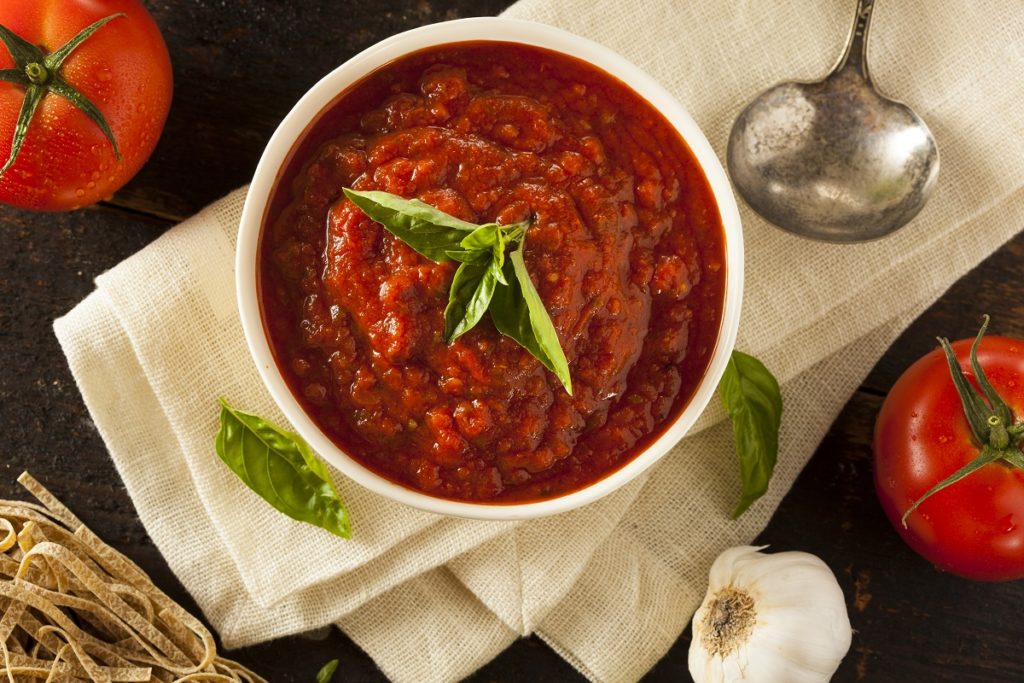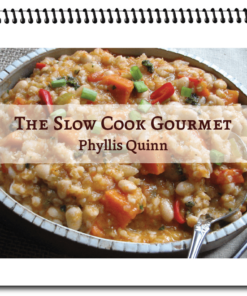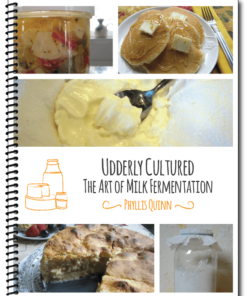Sauces define French cuisine. Although there is some debate, most sources credit Auguste Escoffier as the creator of the five French “mother” sauces: béchamel, velouté, espagnole, hollandaise, and tomato. From this original list, a plethora of secondary sauces were also created. For example, tomato sauce is one of the five sauces, but its secondary daughter sauce, marinara, has become an Italian classic. (A note on sauces that this author’s research uncovered: they are ubiquitous in many cultures, and they make the world go round.)
I want you to picture a time when there was no TV, when we gathered around the radio for speeches and news stories, when we read letters from faraway relatives, and when we respected our elders. Back then, my mother taught me manners. My grandmother, Nana, taught me patience. And my 60-year-old aunt (who looked 100) made the best spaghetti sauce ever!
I fondly remember Poppa making his expresso coffee each morning, Sunday included. The aroma of his anisette hitting that strong coffee gives me a heightened sense of mornings even now. Oatmeal was on the stove every day during the school week. (Most families with children know the sounds of waking in the morning and the sounds of evening too: chatter at the dinner table that told of the day, homework spread out on the dining room table for all to see, dishes being washed, then bath time, story time, and bedtime. Now that I am an empty-nester, I miss the sounds of a family just living life.)
Back then, if homemakers had many mouths to feed, they learned their shopping skills quickly. Fresh vegetables permeated our diets, which in my opinion seemed much healthier back then. A local butcher filled my mother’s meat requirements on Saturdays. Her order varied with her pocketbook, but most times we had meatballs, sweet and hot sausages, and sometimes pork neck bones. And each Sunday after church, my dad went to the bakery for Italian bread.
Sunday was a festive day even in poor households. And for many Italian households, every Sunday morning after church was the beginning of a traditional ritual known as Sunday gravy. It was the day we waited for the ragù to be made and experienced the childhood agony of pasta taking forever to cook.
This is the recipe that made that day. I make the sauce the exact same way, and all the ladies I love and have loved still guide me as I hear them chattering in my kitchen.
Nana’s Sunday Tomato Sauce
Chef’s note: Why add butter at all? And why at the end? Butter lingers on the tongue and is a memory your taste buds recognize. Mom started the sauce about 9 A.M. Prepare the meat for the sauce in advance and set aside until it is ready to be added to the sauce.
Ingredients
¼–½ cup good olive oil
1 medium onion, finely diced
4–6 cloves whole garlic
2 (28 oz.) cans whole, peeled San Marzano tomatoes
1 (14 oz.) can fire-roasted petite-diced tomatoes in their own juice
1 (6 oz.) can tomato paste
1 teaspoon Italian seasonings (or ⅓ teaspoon each basil, fennel seed, and thyme)
¼ teaspoon dried oregano
1 teaspoon each salt and pepper, or to taste
1 teaspoon honey (optional)
1 cup red wine (optional)
Meat for the sauce (see note above)
2 tablespoons butter
Enough time to stir the sauce all day on the stovetop
Special equipment: A large heavy-bottomed stainless-steel pot.
Instructions
- Slowly warm the olive oil in the large pot. Add onions and cook until soft but not brown. Add garlic cloves. Cook until fragrant, but make sure they do not burn. (If you are not sure, remove garlic and set aside.)
- Using your hands, crush the San Marzano tomatoes while still in the can before adding them to the pot.
- Add petite-diced tomatoes and tomato paste. Next, add the Italian seasonings (or the herbs), oregano, and salt and pepper. If you removed it, add the garlic back into the sauce.
- Simmer on low heat until the sauce glistens. Correct seasonings to taste. If desired, add the honey to tame the acidity.
- Add red wine and stir. Cook, semi-covered (so the sauce doesn’t jump all over your stove) 4 hours, stirring frequently.
- Add the meat in the last half hour of cook time. Stir in butter 5 minutes before serving.
Images from iStock/Drazen Zigic (main), bhofack2(post).






